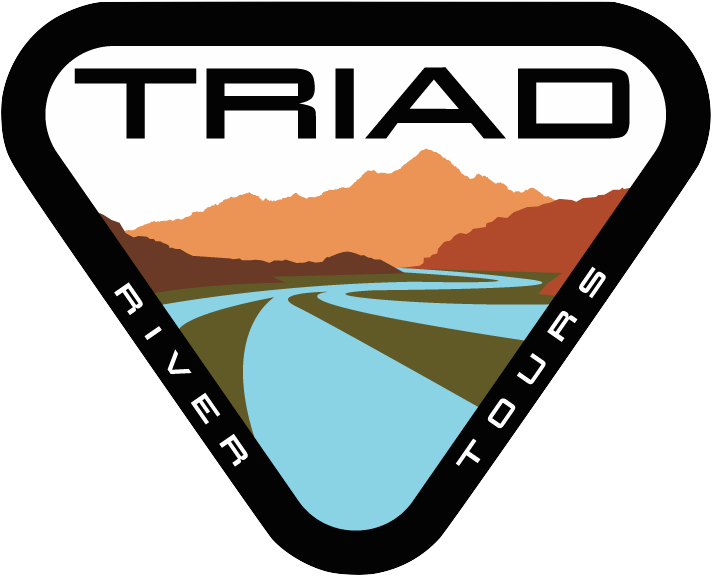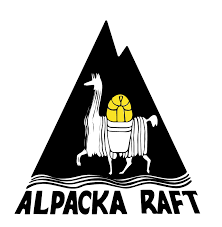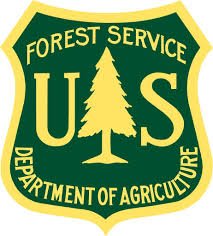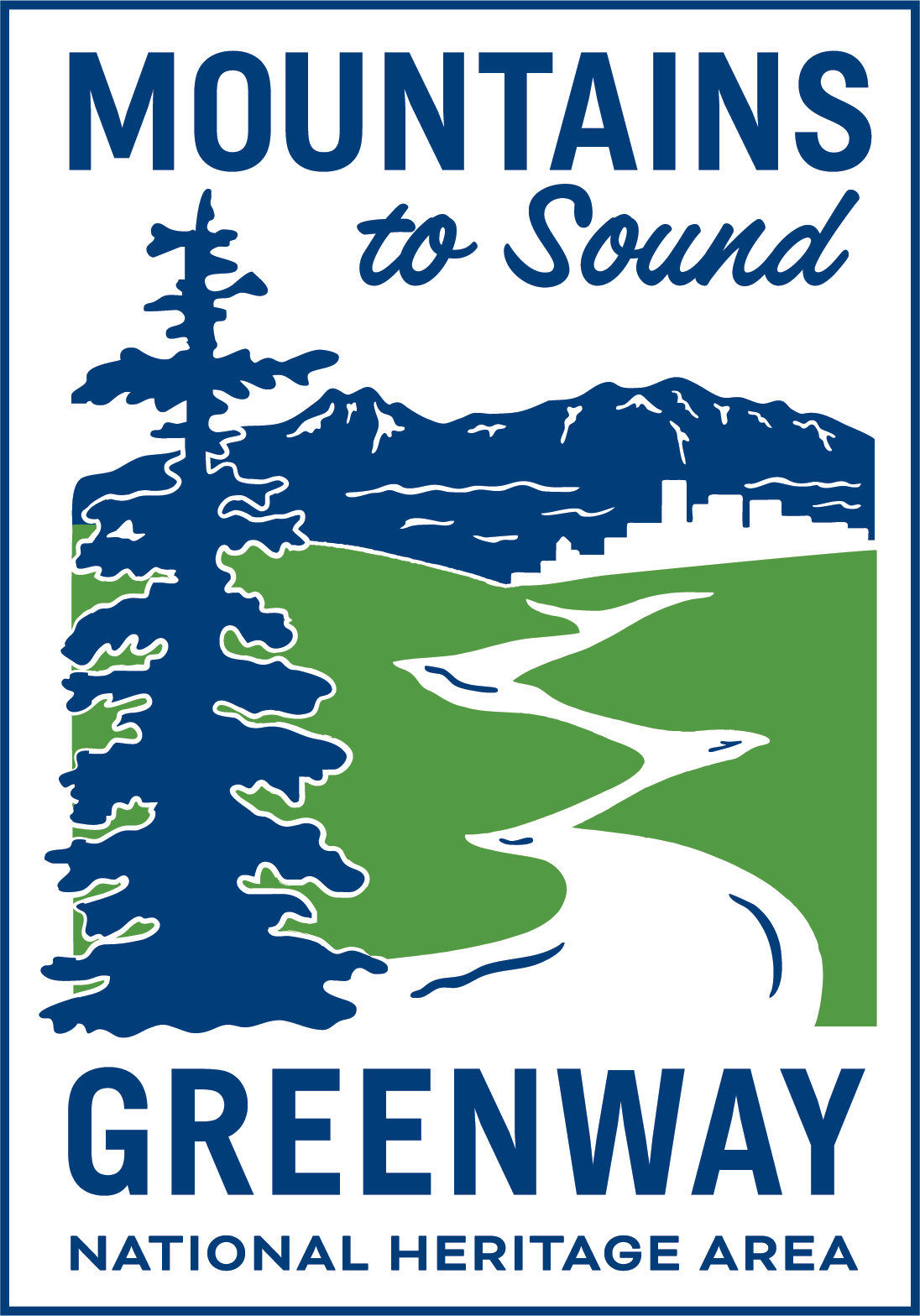River Sections of Washington State
This video does a great job of explaining relative danger of whitewater classification in a very simplified video format. We highly recommend watching it.
We did not make this list to start an argument. If anyone has information which we could use to change the listing here please provide it. When rafting in Washington, proceed with caution. It is with great hesitation that this list was made; it is only as a result of the endless inquiries we get on the subject. It appears that it is too late to turn back the clock and take the concept of "class" out of the eye of the inexperienced, who often do not realize the purpose and definition of the classification scale. Higher classification does not make a river more fun, it only makes it more difficult and more dangerous. This key fact, as we can only speculate, could probably have saved the lives of many novice paddlers who went on the "wrong" river. In 2015, in Colorado alone, 14 commercial rafting deaths were reported. In Washington State we have seen drownings on Class 3 whitewater on a consistent basis, as well as accidents involving wood and cold water immersion. Dangers on whitewater rivers are difficult to ascertain through experience coupled with statistical analysis; it is only true to say that every time you go out on the river you are putting yourself at risk. While the risk you are in is always relative, it is always there, it is unavoidable, it is an inherent part of the activity, and for some it is a source of joy.
We cannot speculate as to your values and reasoning as to why you want to spend time on water, but we can empathize. Each of us has a personal relationship with nature, and for many, it seems that whitewater epitomizes this relationship and offers us the most direct connection with it that we can find. It is not without peril that humanity has navigated waterways. Human beings have been dying on water since the beginning of our existence as a species, and we will continue to do so as long as the opportunity exists. There appears to be something about moving water that allures us, or perhaps it brings us to a place inaccessible in our daily lives. It is a grave mistake to believe that the pleasure that comes with running whitewater can be had without risking our life. Perhaps that danger is perfectly relative to the joy; who's to know? But while the joy may be fleeting and unpredictable, the danger is always there.
If you put yourself in a situation, particularly in a raft, where you are running class 3 whitewater in a raft, you need to be ready to swim Class 3 whitewater without a boat; no question. You can get bounced out of a raft any time it hits a rock, and you're going to swim. If you put yourself in a situation where you are running Class 4 whitewater in a raft, you need to be ready to swim Class 4 whitewater; there is no way around it. If you run enough of any type of water in a raft, you will eventually end up swimming it. Class 4 whitewater is very serious, and it kills people all the time. If you put yourself in a situation where you are running Class 5 whitewater in a raft, you need to be either a pure expert, or you need to be prepared to die. However harsh this may seem, it is the reality. The definition of Class 5 whitewater implies a serious risk to human life. Swimming Class 5 whitewater is not survivable over a longer period of time for anyone; it isn't something that you can swim successfully on your own, and if you run it in a raft you can always end up swimming. Consider this; professional kayakers (ex: Walt Blackadar) and river legends (ex: Clancy Reece) have lost their lives on Class 3 and 4 water who have routinely made successful decents of 50+ foot waterfalls and remote Class 5 rivers. If these people can be claimed by the river; so can we all. It may be unpleasant to think about, but there's no sense going into something so heavy and real, naively.
Misinformation abounds on this topic to a sickening degree, and we have no interest in adding to that. We made this list to encourage a starting point for research for the uninitiated; to empower paddlers towards deeper speculation and inquiry for private boaters or people on the verge of booking a rafting trip with our company or anyone else, to ensure they have some idea of what to expect. It's infinitely notable that rivers are of the most complex and unpredictable features in the natural world and to pigeonhole them into a 1-6 scale is utterly ridiculous. Since its inception, Triad River Tours has attempted to stop using the rating system altogether, following the advice of the great Les Bechtel, who conceded in recent copies of the book "River Rescue" that the classification scale is probably doing more harm than good at this point. As young boaters use it to brag about their skills or accomplishments, and as unwitting commercial rafting companies use it as a marketing ploy or reasoning behind higher prices, the fundamental essence of the classification scale has gone overboard. It is becoming common for potential clients to book the "Class 4" version of the same "Class 3" river, because they simply change the wording on the website. This practice has created a "swelling" of classification, and it almost seems like we are all running class 4 and 5, when we are still paddling common Class 3 water with our adrenaline pumping (adrenaline doesn't change the classification of river you're running). When river runners started using this system, it was to communicate through a story, what to expect. The idea was never to dwarf the majesty and complexity of a river system by turning it into a number; that oversimplification has cost human lives without question.
THINK about what you are doing, and if you are a beginner, be realistic about your abilities and book a trip on the Skagit. Too often people get into the mindset that they will not have fun in Class 3 and therefore need the "extreme" river... In our experience, if you cannot enjoy yourself in a raft on Class 3 whitewater you need to see a psychiatrist, not a river guide. Class 4 and 5 whitewater is definitively life threatening and should not be taken on by the novice. Decisions you make now in regards to the trip you select, if you are a beginner, will potentially change the danger you put yourself and your family in. Choosing to neglect the necessary research to determine your personal level of ability and appropriate river section is a decision that often ends in peril. When in doubt, take the easier trip. Work your way to a higher class one step at a time. Always be ready to swim the worst rapid on the river, because as we have found, you are always between swims, and one way or another, the river will make you pay for your mistake, and it will make you pay dearly for your hubris. We did our best, and after many days of running and researching rivers, this is the result of our experiments.
On Average, based on an equal weighted comprehensive values of 1. difficulty 2. danger 3. exertion. This scale is subjective and is based on data gathered through 1. AW accident database (incident reports) 2. Current river conditions which may cause the river to be more dangerous 3. Experience in rafts and kayaks.
This list is not exhaustive by any measure, but we run them a lot so want to share our experiences. We put the normal classification in regular type and in parenthesis a class that may be encountered on occasion on that particular river but isn't pervasive on the run, but is rather the exception and not the rule of the section. We don't want to contribute to the already awful amount of misinformation about the classification scale, so please be reminded that this is a very subjective list at best and is based on a best guess of what we've seen and if you have an idea of the rivers which is different then just go with that. Direct beta is always more valuable than something you see on the internet. Remember that when you go out on the river there is no way for the river to know what your skill level is, so we are looking (hopefully) objectively at the general danger and difficulty of these rivers without consideration of skill or craft capability (we don't believe in rating things as "class 4 kayak -or- class 5 raft". There is little science and a lot of speculation going on here. Run rivers at your own risk, and don't blame us if you get yourself hurt or killed getting in over your proverbial head. Click on the section to be directed towards the dedicated page on American Whitewater.
Class 2 and 2+ (3) whitewater runs:
Nooksack River (Maple Falls to South Fork)
Skagit River (Goodell to Copper Creek). The Skagit has easy access to Hwy 20, as well as Verizon Wireless signal through most of it, and AT&T wireless signal on occasion through the run.
Methow River (River Bend to Carlton)
Suiattle River (Rat Trap to Sauk Confluence) note: The Suiattle may be the most dangerous Class 2-3 river in the world. With its ever changing meanders and high tendency for logjams, the Suiattle is majestic and beautiful but also treacherous and exposed. Not a playful river in terms of waves in comparison to the very real consequences presented by the never-ending logjams at most of the cutbanks along the route; be cautious. There is no cell coverage (despite carrier) along the Suiattle, unlike many other runs.
Class 3 and 3+ (4) whitewater runs:
Wenatchee River (Leavenworth to Monitor) note: like many rivers the Wenatchee has a wide range of fluctuations throughout the season. At high flows some consider the Wenatchee to be Class 4. We don't. Cell coverage all along the Wenatchee makes it less exposed.
Nooksack (Canyon stretch; Douglas fir to Milepost 27) note: "The Nook" is a dynamic and changing river with common presence of wood, which may add to the danger of this otherwise fun river run.
Elwha River (Glines Canyon to Hwy 101)
Tieton River Rafting (Rimrock to Windy Point) note: the Tieton is often touted as a "Class 4" runs at the end of the season, but in actuality it nearly defines Class 3 continuous whitewater. With relatively warm water temperatures and easy access to a road for evacuations, the Tieton is a great choice for an intermediate whitewater run, and there is a reason it is so popular late in the year. The Tieton River rafting experience can be difficult for beginners. The river itself is rather wooded and brushy, so don't take it lightly. Flip recoveries and rescues must be done in moving whitewater, so it's not the best beginner run.
Middle fork "middle middle" Snoqualmie River (Concrete Bridge to Tanner) note: The Snoqualmie section which we run commercially is considered class 3-4 as a commercial section because when this river gets above 2500 cfs there is one must make class 4 type move in the rapid called House Rocks. Running this river at 1500 cfs can make it seem very tame and almost has a class 2 feel to it in places, but it's a tricky river with some rocks that could do some harm as well. This is one of the rivers with the most variance in difficulty.
White Salmon River (BZ Corner to Buck Creek) note: not including Husum Falls as it is easily avoidable if the drop isn't desired. The White Salmon may be a higher classification but it's dangers are more manageable during typical flows due to it's more straight forward tendencies.
Sauk River (White Chuck to Darrington) note: The Sauk is commonly run later in the season and isn't given the respect it often deserves. The Sauk, at a normal flow (3000-4000 cfs) is a quintessential Class 3+ run, with about 2 miles of solid whitewater with little break between.. At higher water flows the Sauk offers continuous whitewater for over a mile with few eddies and high exposure. The Sauk is secluded, adding to its allure. While the road is always nearby it is not easily accessed in case of an emergency. Flip recovery on the Sauk can be difficult due to the obstacles present and long constricted routes in places where flips commonly happen. Long swims are possible. The Sauk has Verizon Wireless signal at various points along the run.
Green River (Gorge run) note: The Green is an early season run with cold water temperatures, which can increase risk. At higher water it could be considered class 4 or 4+ or even class 5 at extremely high levels. At least, it certainly seemed like Class 5 when Triad team members were getting worked on the Green in January of 2015 at 7,500 cfs. The Green has cell coverage in many spots along the run. Overall, this is a section that's beloved by boaters for good reason, but it's difficult to catch it while at runnable levels as it's a very early (April-May) run and is dam controlled. That being said the Green could easily be defined as a standard class 4 run without many arguments from our staff.
Class 4 and 4+ (5) whitewater runs:
Skykomish River (Sunset to Railroad or Big Eddy) note: This run includes Boulder Drop which is rated Class 4+ by American Whitewater. This powerful rapid is essential to our trip and is not something we avoid or ever walk around... We do not consider Boulder Drop to be Class 5 at most commercially run levels, but are aware that there are common assertions that it is the only class 5 rapid in the state aside from Husum Falls. This debate rages on endlessly, and if it is class 5 or not it's a pretty cool rapid. The Skykomish has cell coverage in many spots along the run.
Nooksack River (The Bend) note: at normal runnable levels. The Horseshoe Bend could be considered Class 5 at higher levels
Class 5 (5+) whitewater runs:
Cascade River (Marble Creek to Skagit Confluence) note: exposure on the Cascade requires commitment that edges it into the class 5 range, although many parts of it could be considered class 4, the crux parts that could be considered class 5 are unavoidable on the section. The Cascade has no cell coverage.
White Salmon River (Green Truss) note: the Truss has now been run repeatedly by rafts, which makes it one of the classic extreme runs for expert paddlers wanting to give it a try.
Robe Canyon (Verlot to Granite Falls) note: We do not have any information of a raft decent of the Robe (please send us a message if you know of one), but it is probably possible.
Wenatchee River (Tumwater Canyon) note: this is from our experience at higher volume. Tumwater may be considered class 4 at low water levels. A raft did complete a successful decent of Tumwater at a higher volume (Class 5) flow in May, 2015. The footage is somewhere but we can't find it.


















